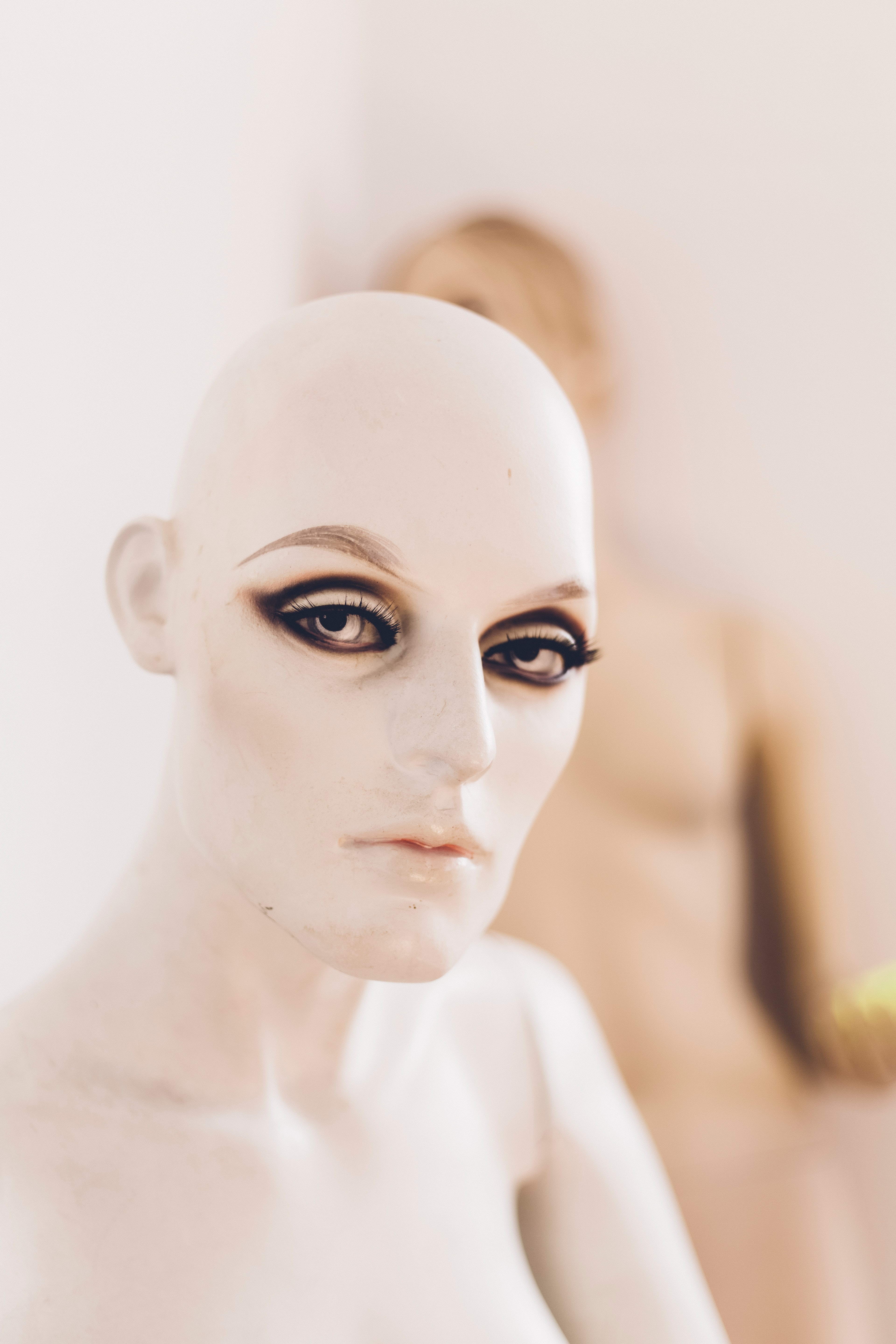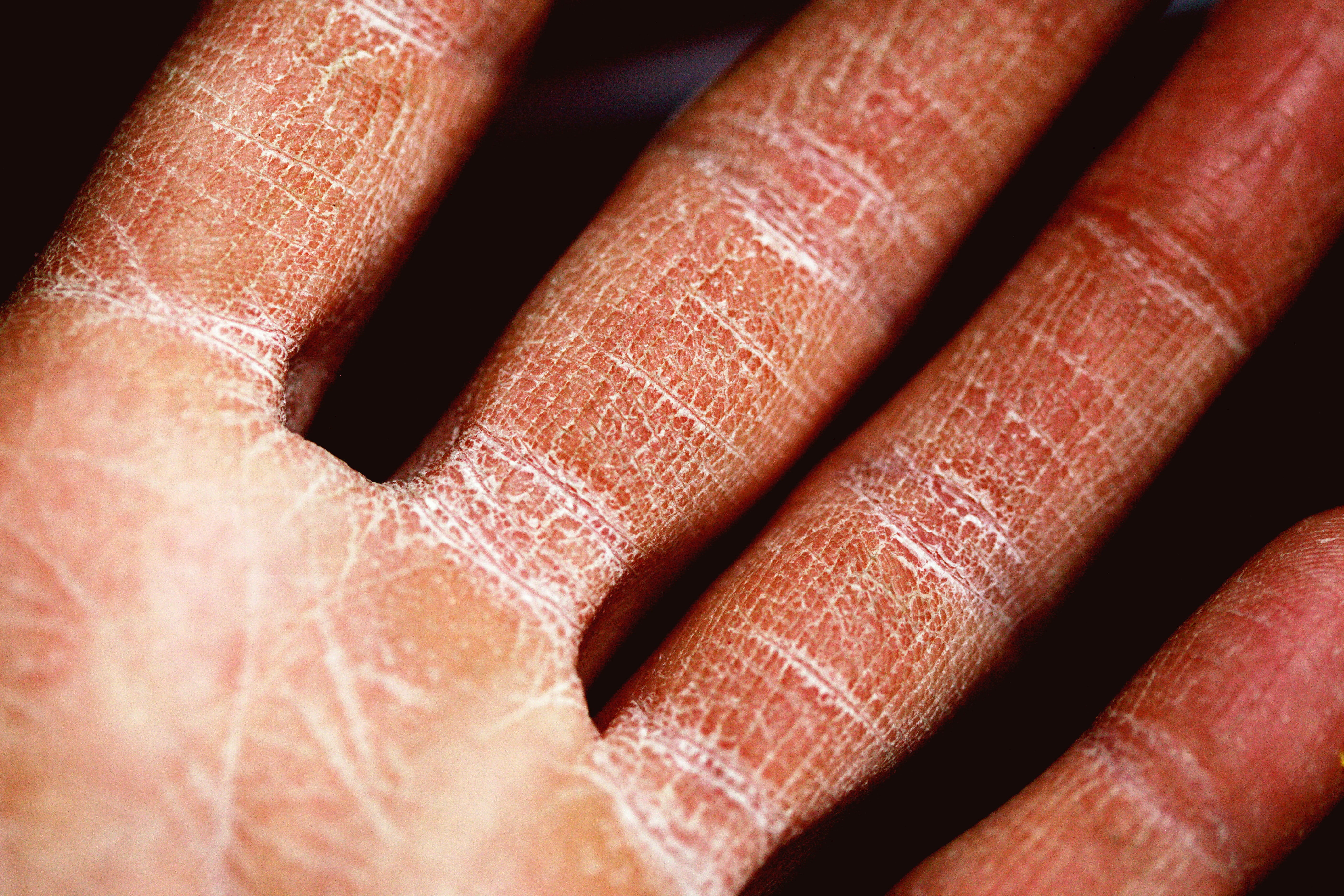Hair loss and alopecia areata

Having a thick dense tuft of hair is like wearing a crown at the top of your head. Noticing clumps of hair on combs and in the drain after washing and receeding hair line can be a distressing experience and significantly affect one's quality of life. Even though hair loss is not life-threatening but the prospect of going bald can be mortifying and enough to make anyone live in constant worries and being socially reclusive.
Normally, human lose between 50 and 100 strand of hairs everyday pe day. But with about 100,000 hairs your head, the small loss isn't noticeable. New hair normally replaces the lost hair, but this doesn’t always happen. Hair loss can develop gradually over years or happen abruptly. Hair loss can be permanent or temporary. It’s impossible to count the amount of hair lost on a given day. You may be losing more hair than is normal if you notice a large amount of hair in the drain after washing your hair or clumps of hair in your brush. You might also notice thinning patches of hair or baldness.
Hair grows in three phases: anagen (active growing, about 90 % of hairs), catagen (degeneration, less than 10% of hairs) and telogen (resting, 5% to 10% of hairs). Hair is shed during the telogen phase. Hair loss is determined by various factors such as genetic, age, physical and emotional stress, medication, hormonal pattern, infection and your general medical health. It's more common and start ealier in men.
Hair loss can be divided into scarring and non-scarring pattern of hair loss. Non-scarring (also known as noncicatricial alopecia) is the loss of hair without any scarring being present. There is typically little inflammation and irritation, but hair loss is significant. This is in contrast to scarring hair loss (cicatricial alopecia) in which hair follicles are replaced with scar tissue as a result of inflammation.
Examples of non-scarring alopecia area androgenetic alopecia (male versus female pattern baldness), medication- induced, anagen effluvium, telogen effluvium, trichotillomania and alopecia areata.
Androgenetic alopecia is baldness that follow in certain pattern depending on the sex of the patient and usually progressive with age and there is a positive family history. In men, thinning start on both side of the frontal and crown area and in women, diffuse hair thinning starting at the crown area with sparing of the frontal hairline.
Anagen effluvium (hair loss during growth phase) typically occurs days to weeks after exposure to a chemotherapeutic agent. Telogen effluvium (hair loss during resting phase, before shedding) is more common in women and it is usually due 'shock' to the body system from physical and emotional stress such as poor diet, extreme weight loss, pregnancy and childbirth, menopause and certain hormonal disorders like hypothyroidsm. Trichotillomania or compulsive hair pulling is a mental disorder characterized by urge that results in the pulling of one's hair. It can occur in one site or many sites on the hair and eyebrow. Episodes of pulling may be triggered by anxiety.
Alopecia areata is believed to be an autoimmune disease in which the immune system attack the hair follicles without destruction. It can cause scattered patchy or confluent and diffuse patter of hair loss.
Scarring alopecia is a hair loss pattern whereby the hair follicle are destroys anbd replace with scar tissue and can lead to permanent and irreversible hair loss. It can be divided into primary and secondary. In primary scarring alopecia, the hair follicle is the target of inflammatory destruction with little effect of the disease process on other components of the dermis. In secondary scarring alopecia, the hair follicle is an 'innocent bystander' and is destroyed indirectly by external cause. Scarring alopecia can be due to autoimmune process (such as discoid lupus, SLE), infection, radiation and burn injury. Diagnosis will require scalp biopsy and early diagnosis is crucial to prevent permanent hair loss.
Treatment of hair loss and alopecia depends on the cause. Your doctor will need thorough history, physical examination and several investigations such as blood test and scalp biopsy. Among treatment commonly given are topical minoxidil, oral finasteride, anti-fungal medications, steroids, hair transplantation and platelet rich plasma (PRP) therapy
Talk to our doctor today to discuss about the suitable treatment available for you.



